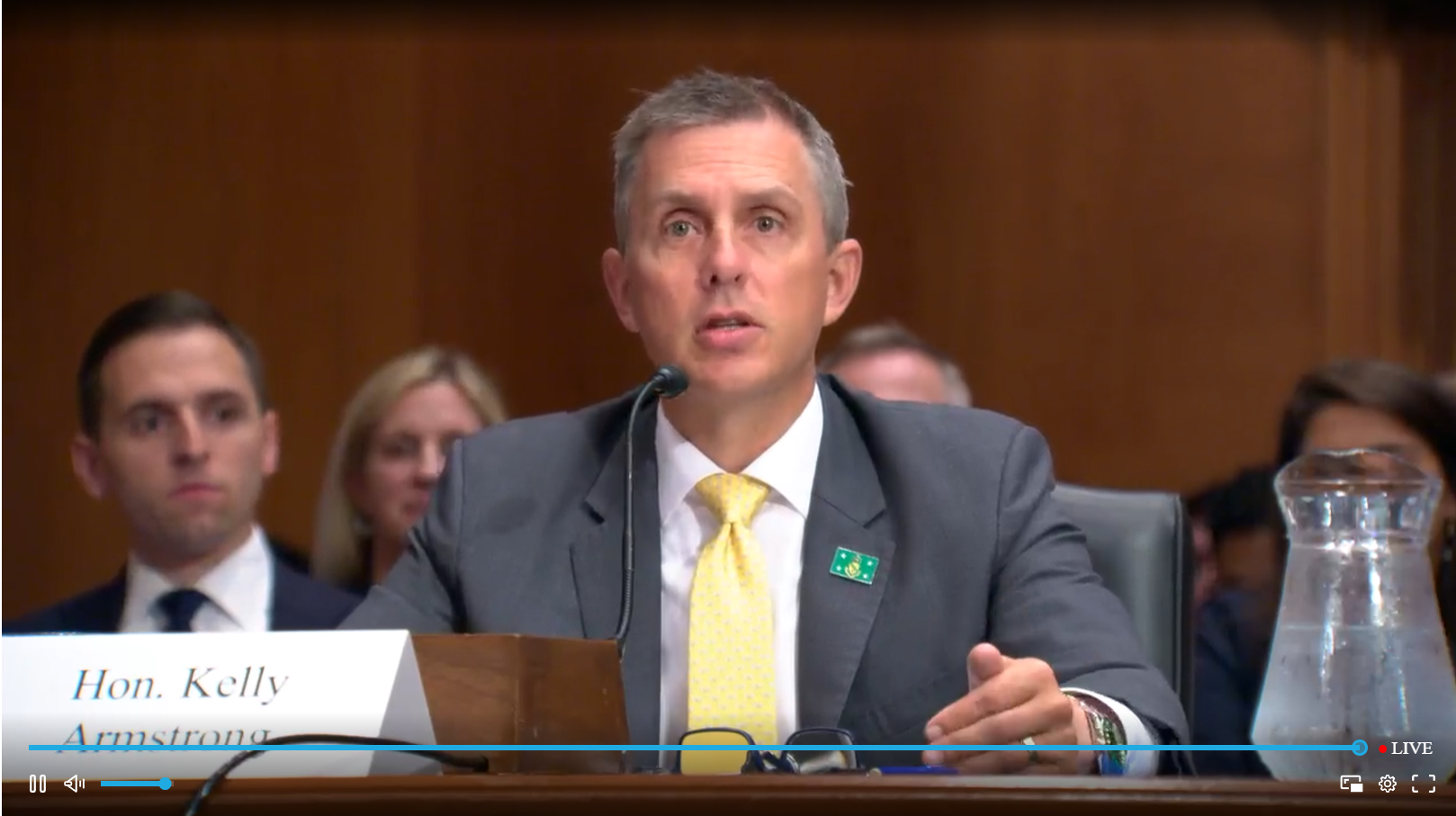Summary
The NGA Center for Best Practices released policy guidance on autonomous vehicles. The issue paper, entitled State Public Safety and Autonomous Vehicle Technology: Recommended Action for Governors assists governors in creating new policy frameworks to keep pace with innovation.
Introduction
The expected availability of highly autonomous vehicles (AVs) in the near-term marks a new era in transportation. While research is still emerging, this developing technology—if deployed optimally—holds the promise of greater safety of riders, pedestrians, bicyclists and other road users, as nearly 94 percent of all driving-related fatalities are related to human error.
If deployed with coordinated planning by state and local government, AV technology also offers: improved mobility for seniors, persons with disabilities and the economically underserved; the potential for lower emissions from the transportation sector due to lower congestion and the expected pairing with electric drive trains and increased utilization of ridesharing; and greater worker productivity, and shorter commute times due to less congestion. Alongside the potential benefits are concerns about the safety of drivers, pedestrians and other road users during the transition period that will see autonomous and nonautonomous vehicles sharing the road. Other concerns include data sharing, worker dislocation, land-use changes that may offset emissions benefits, potential cyber vulnerabilities and lower state revenues.
For the testing and deployment of AVs to be successful, with benefits optimized and concerns addressed, governors and other state and local leaders need to be engaged alongside federal and private sector partners. A challenge will be creating the right regulatory and policy environment to encourage innovation while ensuring public safety; a critical element will be collecting and sharing data. This paper identifies some of the challenges related to the testing and initial deployment phases of AVs and highlights the governors’ role in bringing this new technology safely to the public.
Potential Benefits to Deployment of AV
- Ensuring public safety for all road users
- Just as AV pose a challenge to public safety and transportation officials responsible for ensuring that all roadway users are safe, AVs also hold the potential to make those roadways markedly safer by addressing the 94% of crashes caused by human error. At the same time, it is important the public understand that traffic fatalities will continue to occur in a future with AVs, just at a much lower level.
- Improving mobility
- AVs are predicted to greatly improve mobility for individuals unable to drive, including the elderly and individuals with disabilities. The most recent Census Bureau data shows that there are 7.3 million Americans over age 16, or 2.3% of the country’s population, with a visual disability. AVs would allow individuals with visual disabilities to do something they may never have had the opportunity to do before, but most Americans take for granted: ride alone in a personal vehicle to a destination of their choosing.
- Reducing congestion
- With effective policies in place to incentivize ridesharing and reduce single occupancy trips, congestion could be reduced through the introduction of AVs that are able to travel closer together, and in narrower lanes, maintaining safe speeds to avoid accidents that are frequently a cause of congestion on roadways. This could have the additional benefit of reducing the need to expand highway infrastructure and allow states to spend resources on the maintenance of existing assets.
- Increased productivity
- With the ability to read emails, watch the news or entertainment programs, or eat breakfast on the way to work, productivity may increase. For some, the interior layout of AVs could allow for business meetings to occur on the road, and technology could encourage video-teleconferences from the vehicle, potentially making AV and office on wheels.
Potential Challenges to Deployment of AV Technology
- — Ensuring public safety for all road users.
- — Regulating a new technology.
- — Changes to land-use planning.
- — Reductions in state transportation revenue.
- — Changes to infrastructure needs.
- — Cybersecurity vulnerabilities.
- — Liability concerns.
- — Training for law enforcement.
Recommended Actions for governors
- — Designate a lead agency.
- — Establish an interagency workgroup.
- — Collaborate with local and federal agencies and policymakers.
- — Facilitate an environment that allows for autonomous vehicle testing and deployment.
- — Retain oversight and maintain regulatory authority over testing.
- — Coordinate with law enforcement. Ensuring public safety requires extensive law enforcement coordination during testing and deployment.
- — Establish a robust training program for law enforcement.
- — Explore public-private partnerships between AV operators and regulators.












